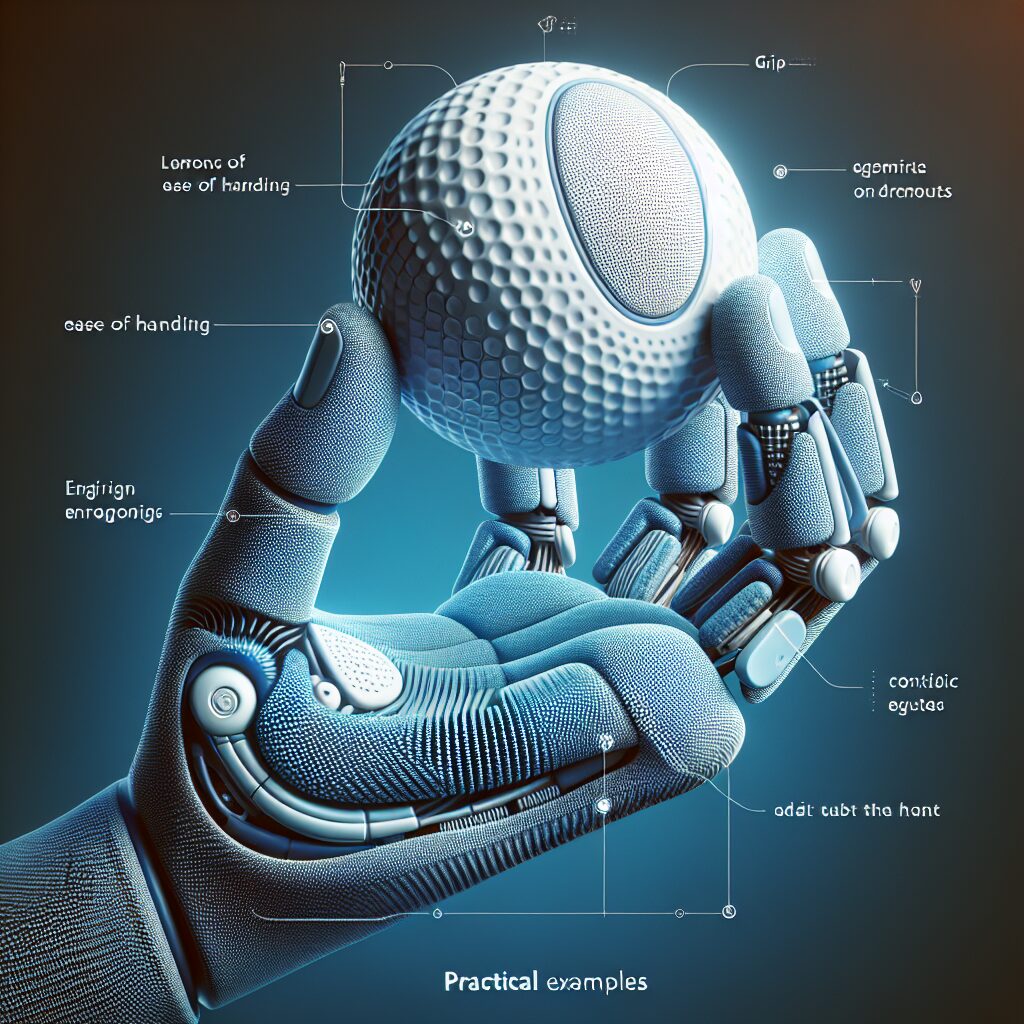Rubber Composition Analysis: Crafting the Perfect Ball
When it comes to producing the perfect ball, a crucial aspect that cannot be overlooked is rubber composition analysis. Understanding the intricacies of rubber composition and its effects on the overall performance of a ball is essential for manufacturers and athletes alike. But what exactly does rubber composition analysis entail? In simple terms, it refers to the examination and evaluation of the various components present in the rubber used for making the ball. This in-depth analysis provides invaluable insights into the specific impacts and unique features that different rubber compositions can have on the ball’s bounce, grip, durability, and overall playability.
One of the key factors that rubber composition analysis unravels is the influence of different components on the ball’s bounce characteristics. The elasticity and resilience of the rubber material play a significant role in determining the ball’s ability to rebound effectively upon impact. By analyzing the composition of rubber, manufacturers can fine-tune the bouncing properties of the ball to meet specific requirements. Additionally, the analysis helps identify the ideal mix of materials that result in optimum grip, ensuring better control for athletes during gameplay.
Moving forward, this article will delve into the key takeaways from rubber composition analysis that every ball manufacturer and athlete should be aware of. We will explore how the choice of rubber compounds affects the ball’s performance in various sports, such as basketball and tennis. Furthermore, we will discuss the importance of considering factors like temperature, surface type, and player skill level when crafting the perfect ball. By understanding the insights gained from rubber composition analysis, manufacturers can create balls that enhance athletes’ performance and provide an exceptional playing experience.
Key Takeaways
1. Rubber composition analysis plays a crucial role in developing high-quality balls, as it helps manufacturers optimize the ball’s performance and durability.
2. The key factors analyzed in rubber composition are the type and percentage of rubber used, fillers such as carbon black, and additives like accelerators, antioxidants, and plasticizers.
3. Advanced techniques like Fourier Transform Infrared Spectroscopy (FTIR) and Dynamic Mechanical Analysis (DMA) provide valuable insights into rubber composition, allowing manufacturers to make informed decisions during the formulation process.
4. Understanding the effects of different rubber components on ball properties, such as rebound, hardness, and grip, enables manufacturers to tailor the ball’s characteristics to specific sports and player preferences.
5. The practical application of rubber composition analysis enables continuous improvement in ball design, leading to enhanced player experience, performance, and safety in various sports like soccer, basketball, tennis, and golf.
How can rubber composition analysis help in crafting the perfect ball?
The Importance of Rubber Composition Analysis
When crafting a ball, whether it’s for sports or industrial purposes, the rubber composition plays a crucial role in its performance. Rubber composition analysis is a vital process that helps in understanding and optimizing the characteristics of rubber to create the perfect ball. Through comprehensive analysis, manufacturers can ensure consistency, durability, and desired properties for their product.
Understanding Rubber Properties
Before diving into the analysis, it’s essential to have a solid understanding of different rubber properties that impact a ball’s performance. These properties include elasticity, hardness, abrasion resistance, tensile strength, and viscosity. Rubber composition analysis aims to determine the ideal combination and proportion of these properties for optimum ball performance.
Methods of Rubber Composition Analysis
There are several methods used for rubber composition analysis. One common technique is spectroscopy, which involves analyzing the interaction of light with rubber samples to identify the molecular structure and chemical composition. Another method is thermal analysis, which measures how rubber materials react to temperature changes. Additionally, mechanical tests such as tensile strength and hardness tests are conducted to evaluate the physical properties of rubber.
Optimizing Ball Performance
Rubber composition analysis plays a significant role in optimizing ball performance. By analyzing the composition, manufacturers can tweak the properties to achieve specific characteristics. For example, for a basketball, the rubber composition analysis can help in finding the balance between elasticity and hardness for optimal bounce. Similarly, for a golf ball, the analysis can guide in achieving the desired compression and spin rates.
Quality Control and Consistency
One of the key advantages of rubber composition analysis is ensuring quality control and consistency in ball manufacturing. By analyzing the rubber composition, manufacturers can identify any variations or inconsistencies in their materials, enabling them to make necessary adjustments and maintain the desired product quality. This ensures that every ball produced meets the required standards and provides consistent performance.
The Role of Technology
Advancements in technology have revolutionized rubber composition analysis, making it more precise and efficient. Sophisticated equipment and software enable manufacturers to analyze rubber samples at a microscopic level, identify even the smallest variations, and fine-tune the rubber composition accordingly. With the help of technology, crafting the perfect ball has become more achievable than ever before.
Tips for Rubber Composition Analysis
- Collaborate with rubber experts and technologists to conduct a comprehensive analysis.
- Utilize multiple analysis methods, such as spectroscopy, thermal analysis, and mechanical tests, to gather a complete understanding of rubber properties.
- Regularly monitor and control the rubber composition to maintain consistency throughout the production process.
- Stay updated with the latest technological advancements in rubber composition analysis to ensure accurate and efficient results.
- Consider the specific requirements and performance goals of the ball when optimizing the rubber composition.
- Conduct thorough testing and performance evaluations to validate the impact of the optimized rubber composition on the final product.
- Continuously evaluate and improve the rubber composition analysis process, keeping up with industry trends and customer feedback.
Frequently Asked Questions
What is rubber composition analysis?
Rubber composition analysis is the process of analyzing the different components of rubber used in the manufacturing of various products, such as balls. This analysis helps in understanding the properties and composition of the rubber material, allowing manufacturers to craft the perfect ball.
Why is rubber composition analysis important in ball manufacturing?
Rubber composition analysis plays a crucial role in ball manufacturing as it enables manufacturers to determine the ideal combination of rubber materials. By analyzing the composition, they can enhance the quality, durability, bounce, and grip of the ball, resulting in superior performance and overall customer satisfaction.
What are the key factors analyzed in rubber composition analysis?
In rubber composition analysis for ball manufacturing, key factors such as the type of rubber, additives, fillers, reinforcement materials, curing agents, and processing aids are thoroughly examined. Each of these factors contributes to the final characteristics of the ball.
How is rubber composition analysis conducted?
Rubber composition analysis involves various techniques, including spectroscopic analysis, differential scanning calorimetry, thermogravimetric analysis, and rheological testing. These methods help identify and quantify the different components present in the rubber material.
Can rubber composition analysis optimize ball performance?
Absolutely! Rubber composition analysis allows manufacturers to fine-tune the material composition to maximize ball performance. Through this analysis, they can create balls that offer optimal grip, improved rebound, enhanced durability, and control during play.
Does rubber composition analysis impact ball cost?
While rubber composition analysis adds an additional step to the manufacturing process, it ultimately helps manufacturers produce high-quality balls. While it may slightly affect the production cost, the benefits outweigh the marginal increase, resulting in better overall value for customers.
How does rubber composition analysis ensure product consistency?
Rubber composition analysis ensures product consistency by providing manufacturers with precise control over the composition of the rubber material. By maintaining consistency in the materials used, manufacturers can produce balls that deliver consistent performance, eliminating any variations in quality.
Can rubber composition analysis help in developing eco-friendly balls?
Definitely! Rubber composition analysis enables manufacturers to identify eco-friendly alternatives for conventional rubber materials. By analyzing various compositions and additives, they can develop rubber balls with reduced environmental impact without compromising on performance.
What role does rubber composition analysis play in innovation?
Rubber composition analysis is at the forefront of innovation in ball manufacturing. It allows manufacturers to experiment with new combinations of rubber materials, additives, and processing techniques to create balls with unique properties, pushing the boundaries of performance and introducing novel technologies.
How can rubber composition analysis benefit professional athletes?
Professional athletes rely on the performance of their equipment to excel in their respective sports. Rubber composition analysis ensures that the balls used by professional athletes deliver optimal performance, giving them a competitive edge. It also helps manufacturers cater to the specific needs and preferences of professional athletes.
Final Thoughts
Rubber composition analysis plays a vital role in the world of ball manufacturing. By understanding the composition and properties of rubber materials, manufacturers can design and create balls that exceed expectations. The process allows for continuous innovation, pushing the boundaries of performance and providing athletes, both professional and amateur, with the best tools to succeed. With rubber composition analysis, the perfect ball is no longer just an aspiration but a tangible reality.
In conclusion, the significance of rubber composition analysis cannot be underestimated. Its impact is felt in the quality, durability, and performance of balls, revolutionizing the way sports are played. By investing in meticulous analysis, manufacturers not only craft the perfect ball but also ensure customer satisfaction, foster innovation, and contribute to a more eco-friendly approach in ball manufacturing. Rubber composition analysis truly sets the stage for creating the ideal playing experience.




